Mint, also known as pudina or mentha, is in the family Lamiaceae. This family has about 15 to 20 plant species, such as peppermint and spearmint. It is a common herb that can be used fresh or dried in a lot of dishes and drinks. Mint oil is often used in the making of toothpaste, gum, candy, and beauty products.
Using fresh mint in cooking can add flavour while lowering the amount of sugar and sodium a person eats.
People have been using different kinds of mint plants as medicine for a long time. Different kinds of mint plants have different antioxidant properties and might be good for your health, especially if you have IBS (IBS).
Table of Contents
Nutritional value of mint:
Fibre keeps your bowels healthy.
Vitamin A improves eye health and keeps heart disease from happening.
Vitamin C – supports immune system and tissue repair
Calcium helps keep bones strong.
Iron helps keep blood healthy.
Folate is needed to make red blood cells and white blood cells.
Manganese helps the brain and nerves work well.
Health benefits of mint:
- Mints are full of minerals like potassium, iron, and manganese, which are needed to make haemoglobin and help the brain work better.
- Vitamin A and folate can be found in mint. Vitamin A is important for our eyes and our ability to see. Folate is important for a child's brain to grow and develop.
- Mint has a compound called menthol that helps with digestive problems like upset stomach, stomach pain, indigestion, bloating, and symptoms of irritable bowel syndrome (IBS). Menthol relaxes the muscles in the stomach, which makes IBS symptoms go away.
- By getting rid of the bacteria that cause bad breath, chewing fresh mint leaves or drinking mint tea may help cover it up.
- Mint is good for our health when we eat it, and its paste is also good for our skin when we put it on. Applying a mint pack, gel, or essential oil to the nipples and areola area after lactation soothes cracks and pain in the nipples and areola area.
- Menthol helps your nose breathe better. So, the smell of mint or peppermint oil helps relieve cold and flu symptoms when you breathe it in.
Mint water:
You can drink mint water by itself, or you can mix it with other fresh herbs, vegetables or fruits to make it taste different.
How to make mint water?
Follow these easy steps to prepare mint water at home:
- Put 4 cups (946 mL) of fresh water into a jar or a small water canister.
- Rinse about 4 sprigs of fresh mint, which has about 25–30 leaves. You can add as much or as little mint as you like.
- Crush the leaves with your hands until you can smell mint.
- Put the mint leaves under the water.
- Let the mint and water sit together for a few hours so the mint can give the water its flavour.
- For a quicker infusion, you can also boil the mint water for 3 to 5 minutes before letting it cool. You can also drink it as hot mint tea.
Mint tea:
Fresh mint leaves make this mint tea recipe smell and taste like herbs. Since this tea is made with a herb instead of tea leaves, it is called a herbal tea and does not contain caffeine. You can relax with a cup of mint tea before bed without worrying that it will keep you awake.
As long as it's fresh, you can use any kind of mint in this recipe. Peppermint or spearmint are traditional choices, but you can also use other kinds. You can even mix them together. Tea can be made with dried mint, but fresh herbs have a much better taste. You can serve it hot or cold, with or without sugar and lemon. It's easy to change to your taste and make it fit each person who drinks it.
If you like mint tea but would rather drink something with caffeine, Moroccan mint tea made from green tea (which has caffeine) and mint leaves might be just what you're looking for. Consider making an iced tea recipe to cool off in the summer.
Mint in cold and asthma:
Most asthma sufferers will have to deal with severe attacks when the weather changes. There are more pollutants in the air, and the person's immune system is still weak. They can get some relief from their asthma symptoms with pumps and medicines, but home remedies can help them a lot without making them sick. Mint or pudina is a simple cure for colds and asthma attacks that you can make at home.
Mint smells very strong, which helps open up the airways and make it easier to breathe. It also makes it easier to cough up phlegm, which helps the patient feel better faster. Its antibacterial and anti-inflammatory properties help reduce swelling in the airways, making it easier for asthmatics to breathe.
Why does mint feel cold?
Your nerve cells send a current signal to your brain when a protein called TRPM8 is turned on. Your brain interprets this signal as a feeling of cold. Menthol is the only thing that can turn on TRPM8, which tricks your nerves into believing they are cold when they aren't.

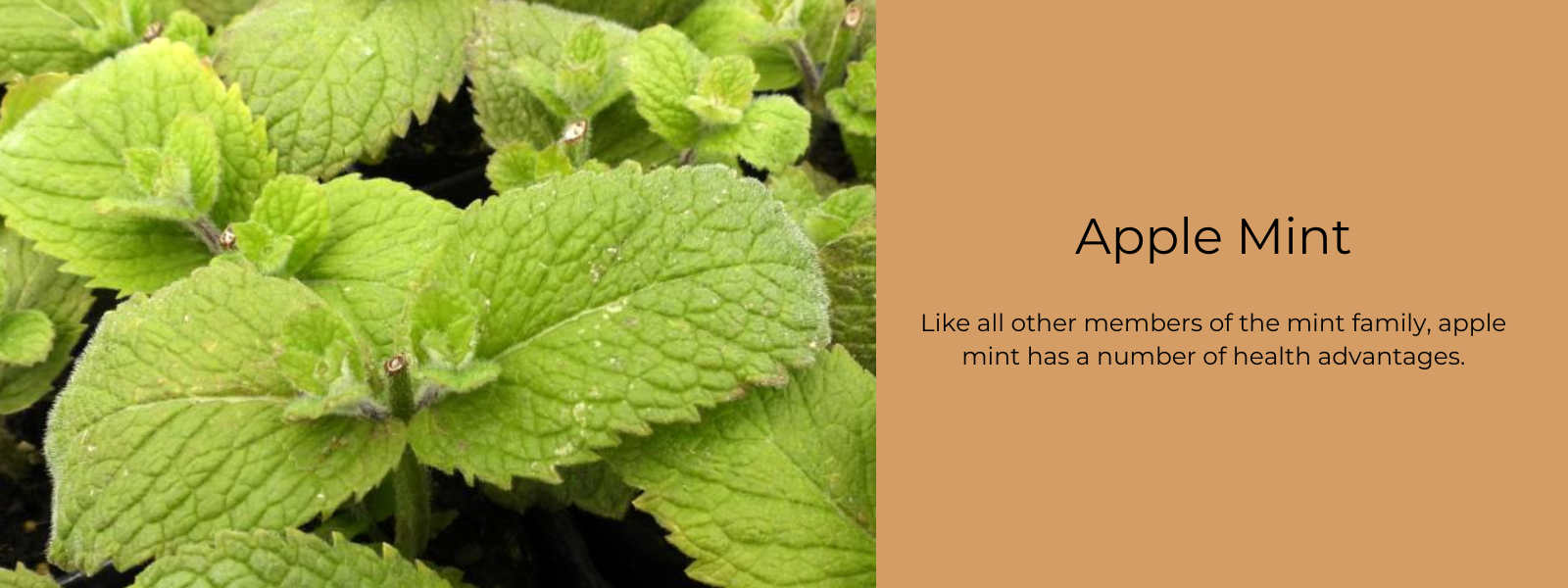
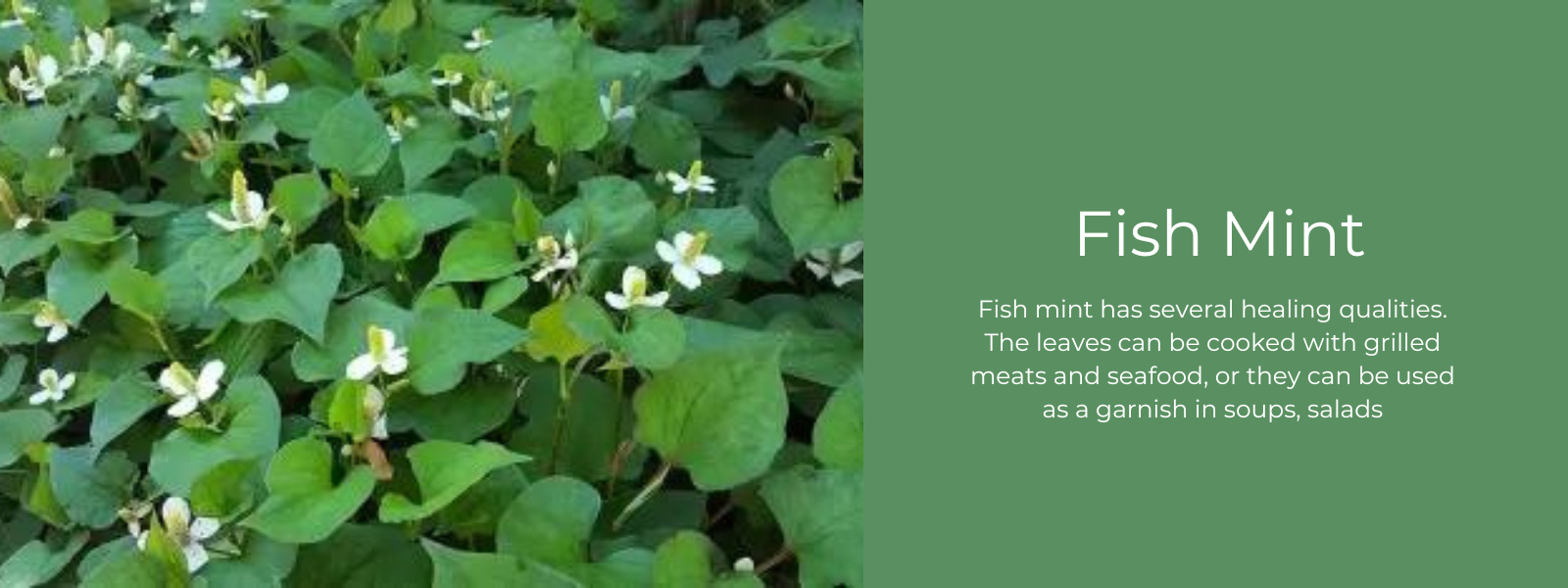
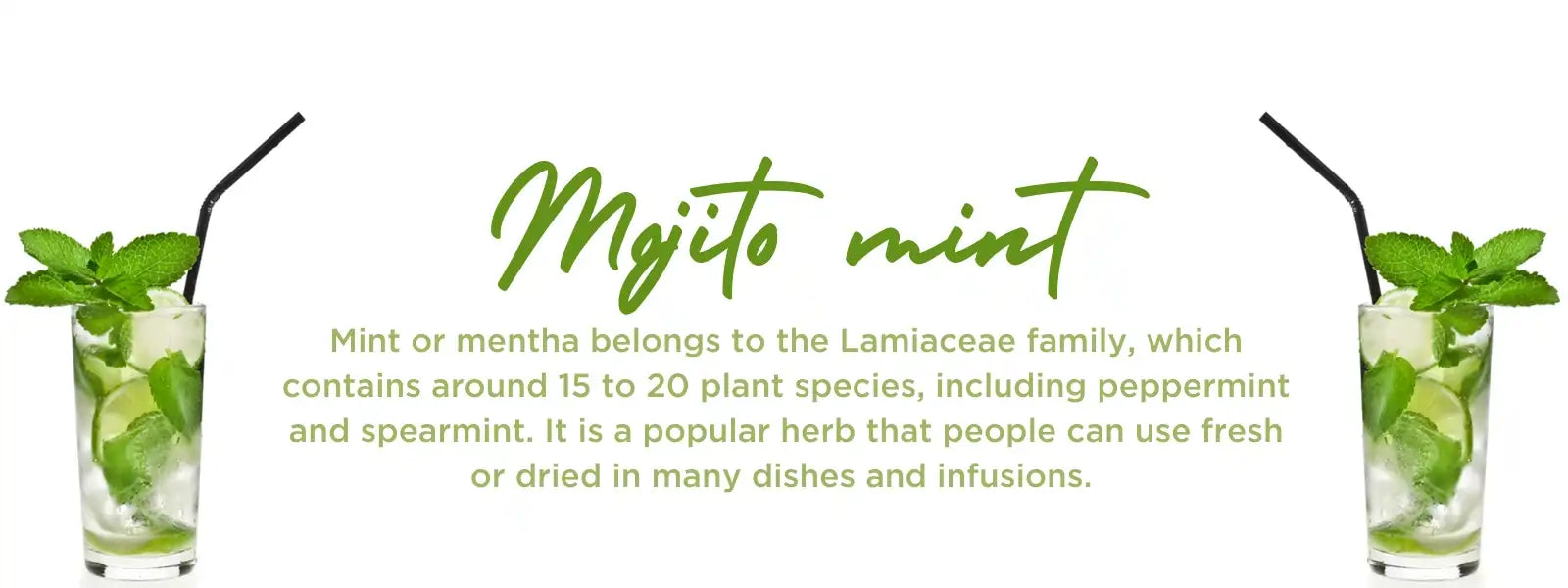
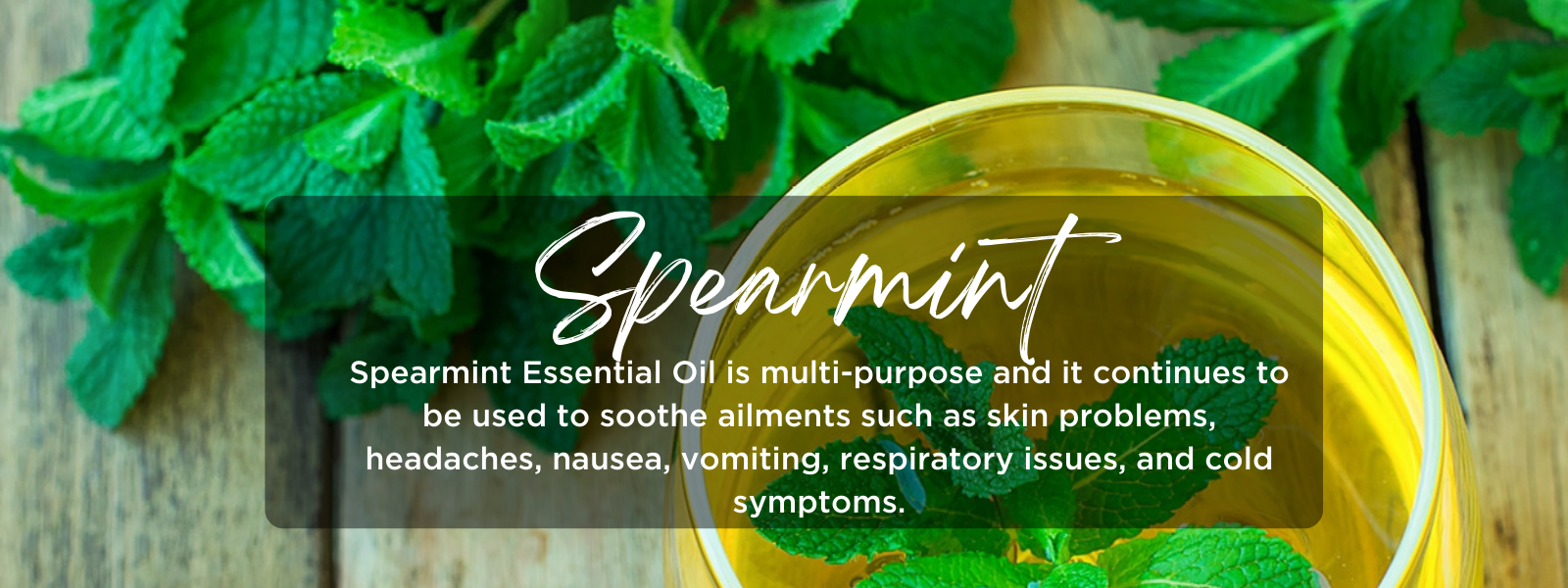
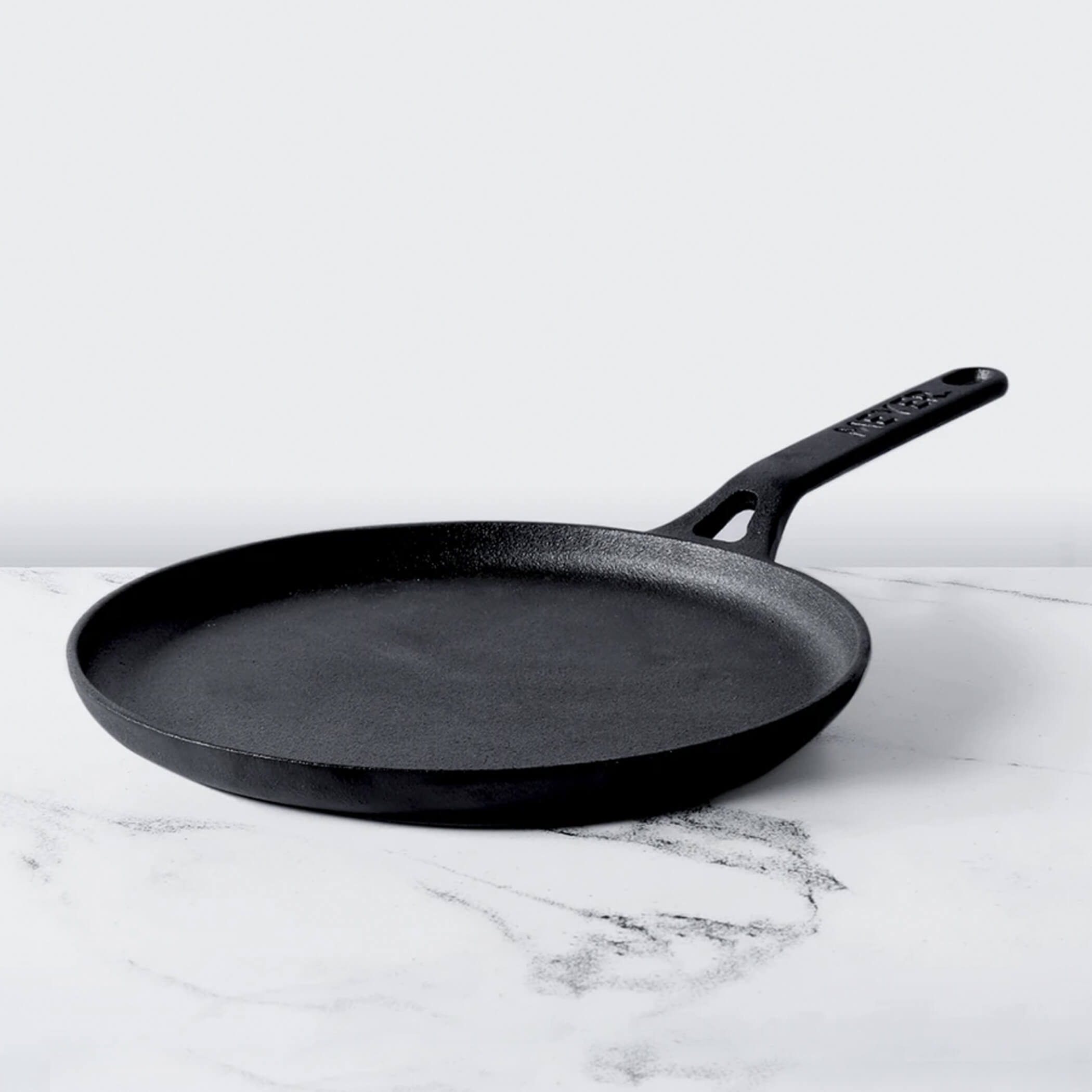




Leave a comment